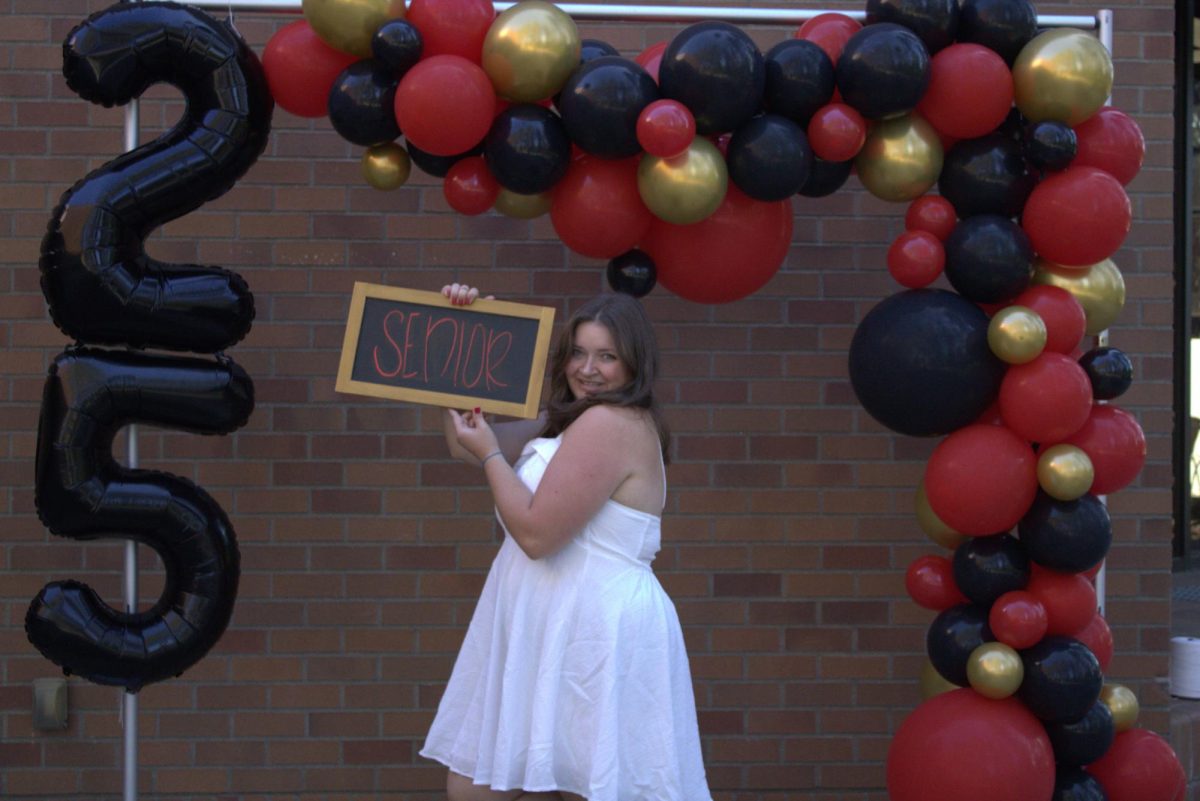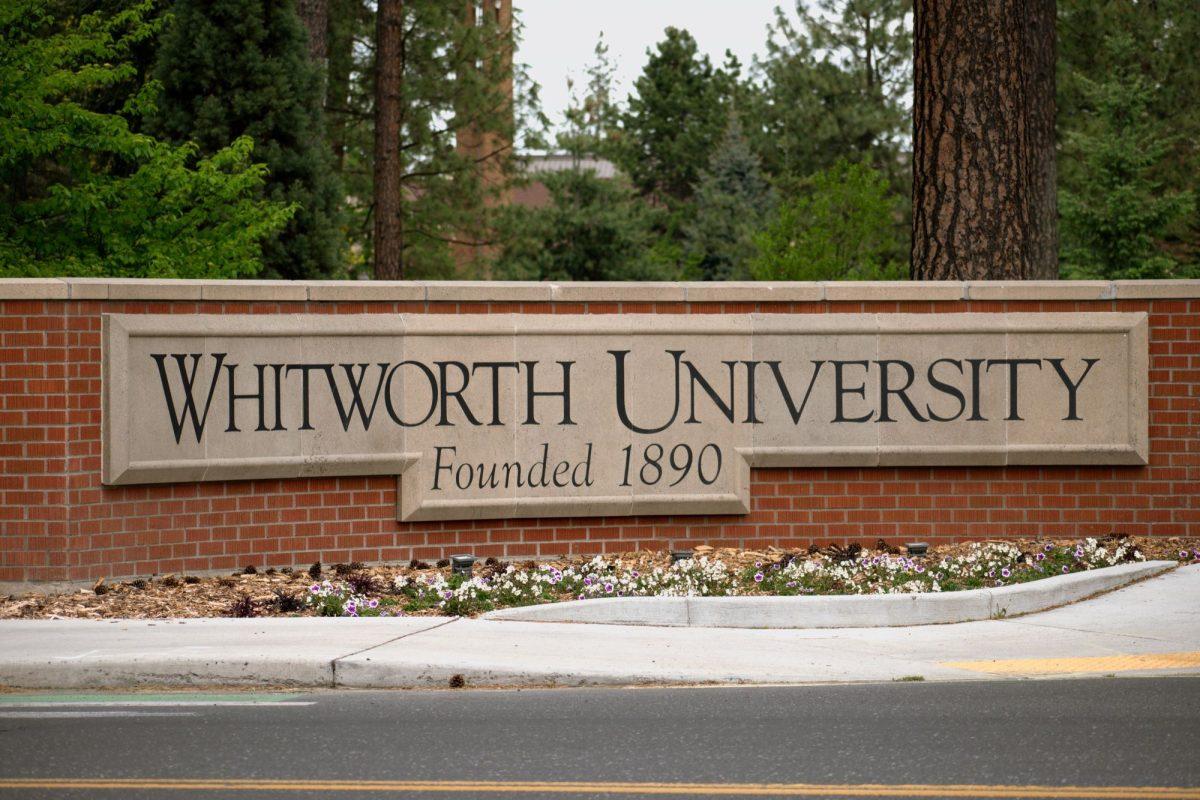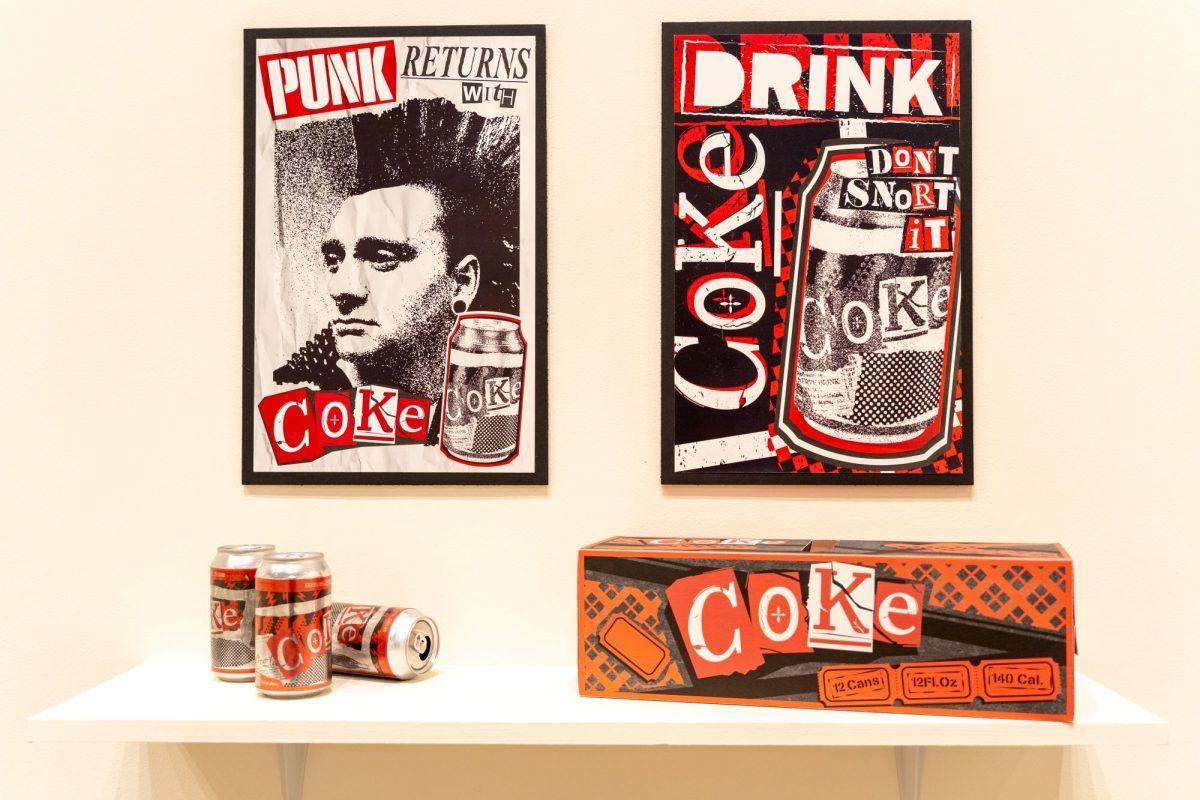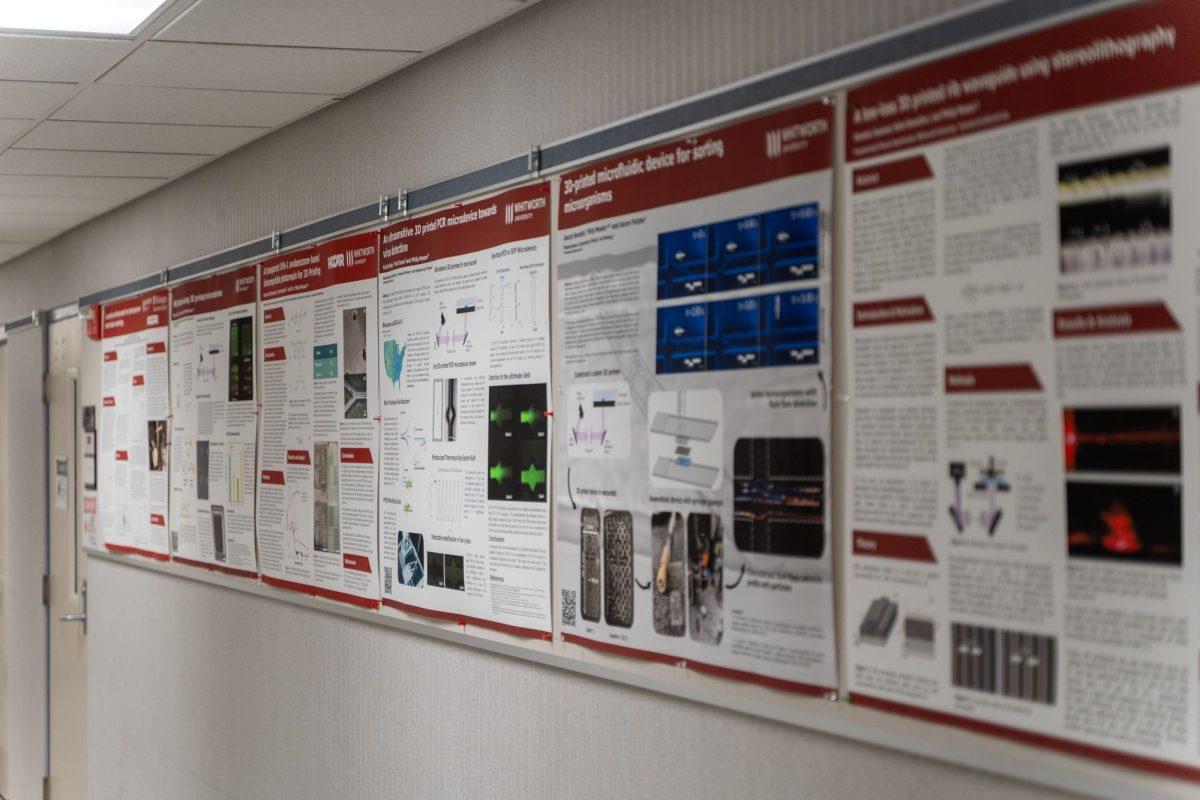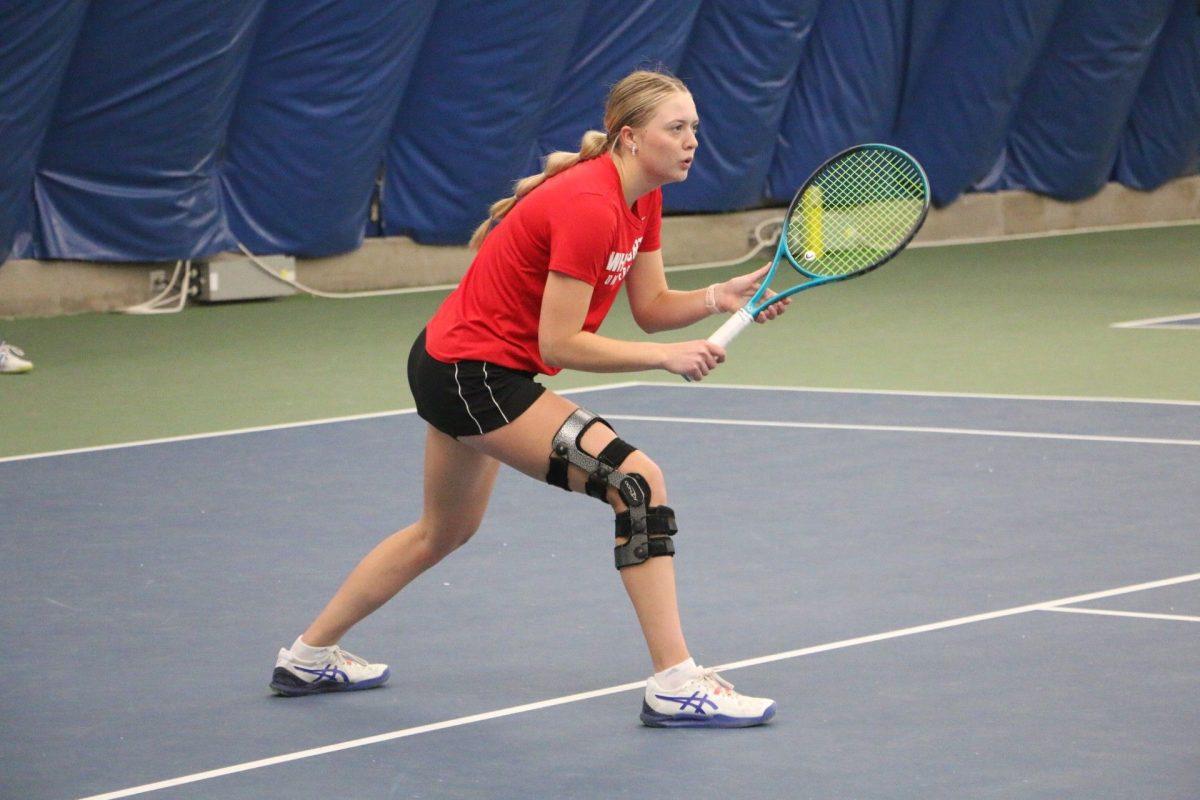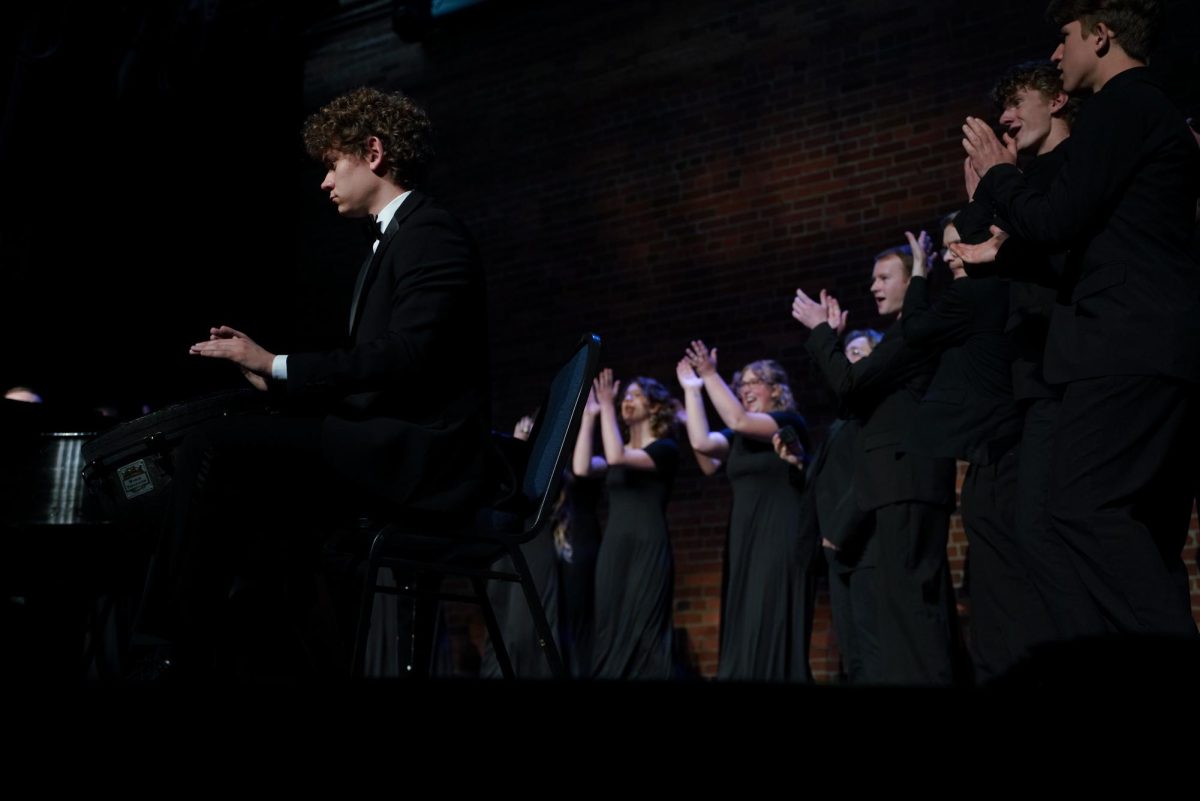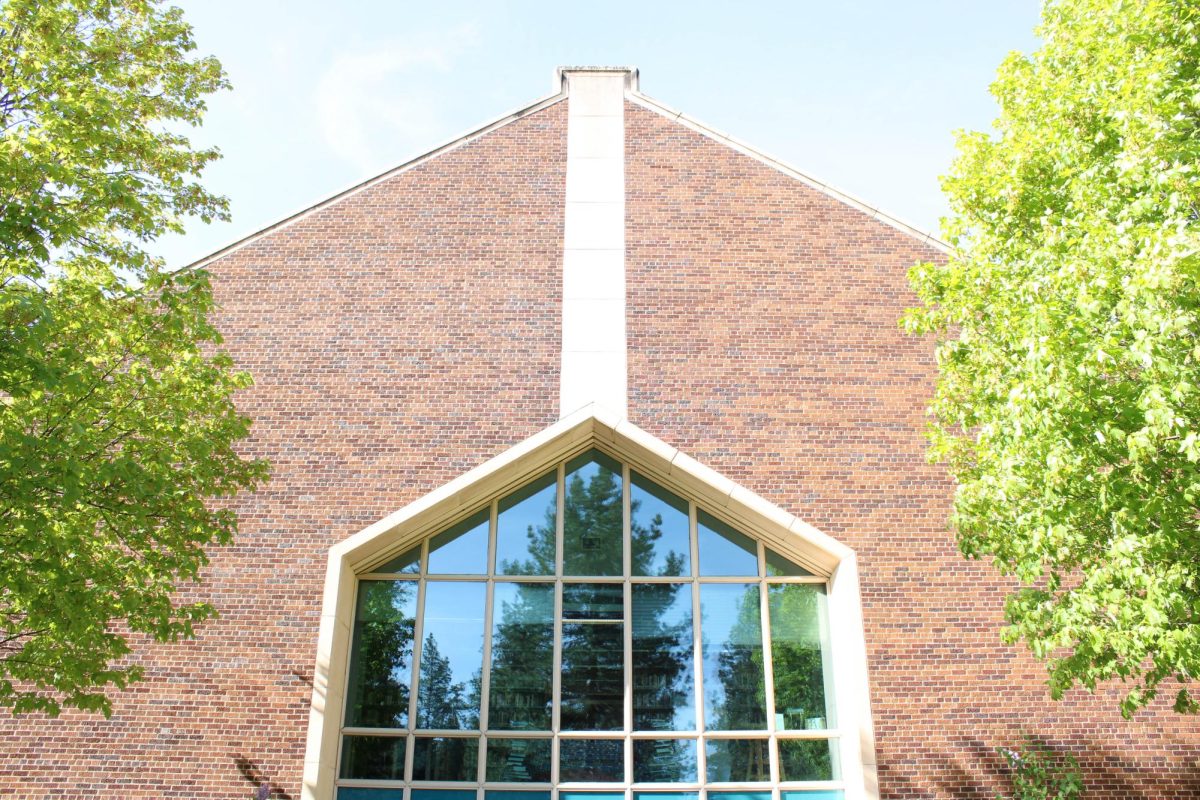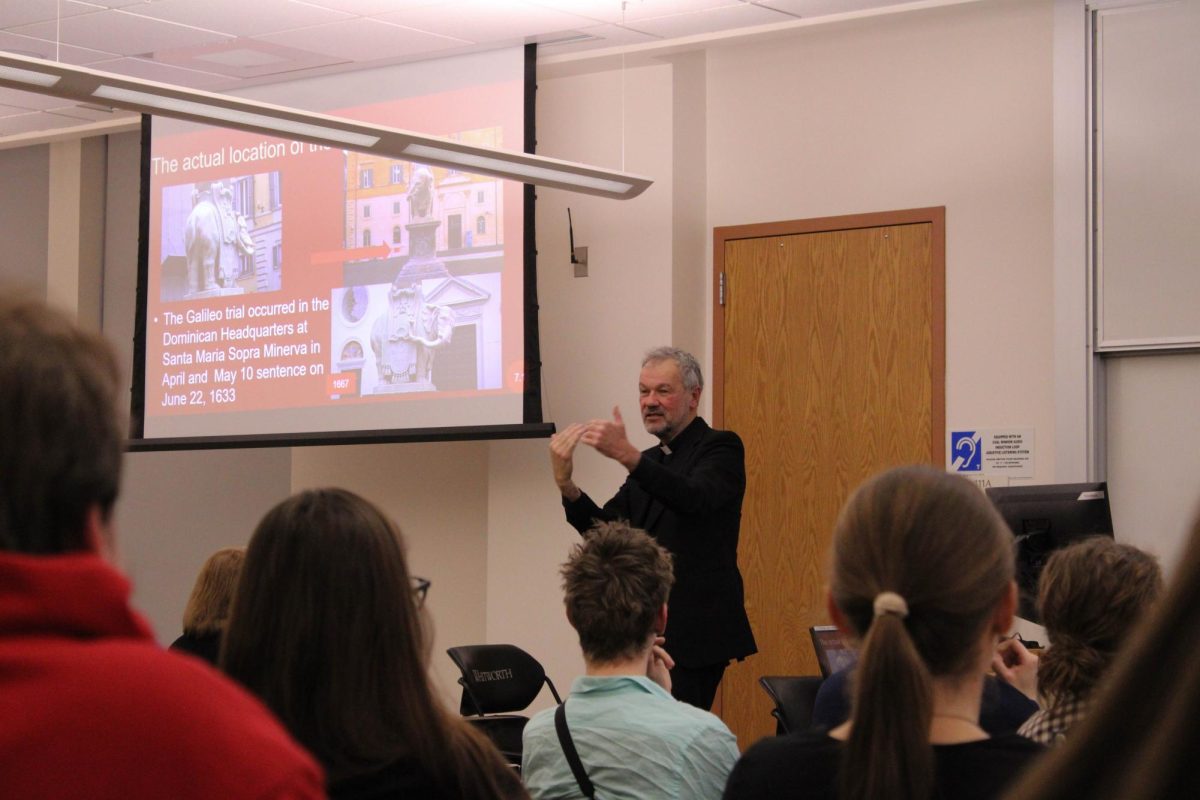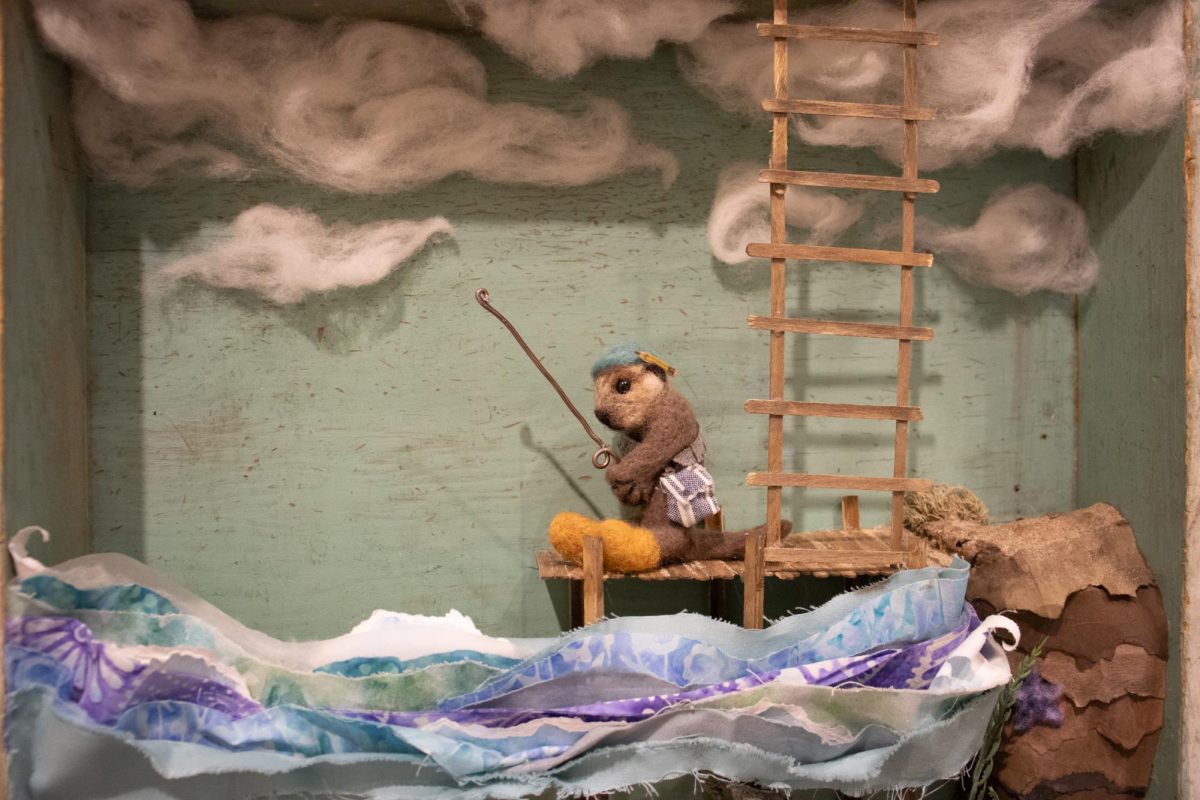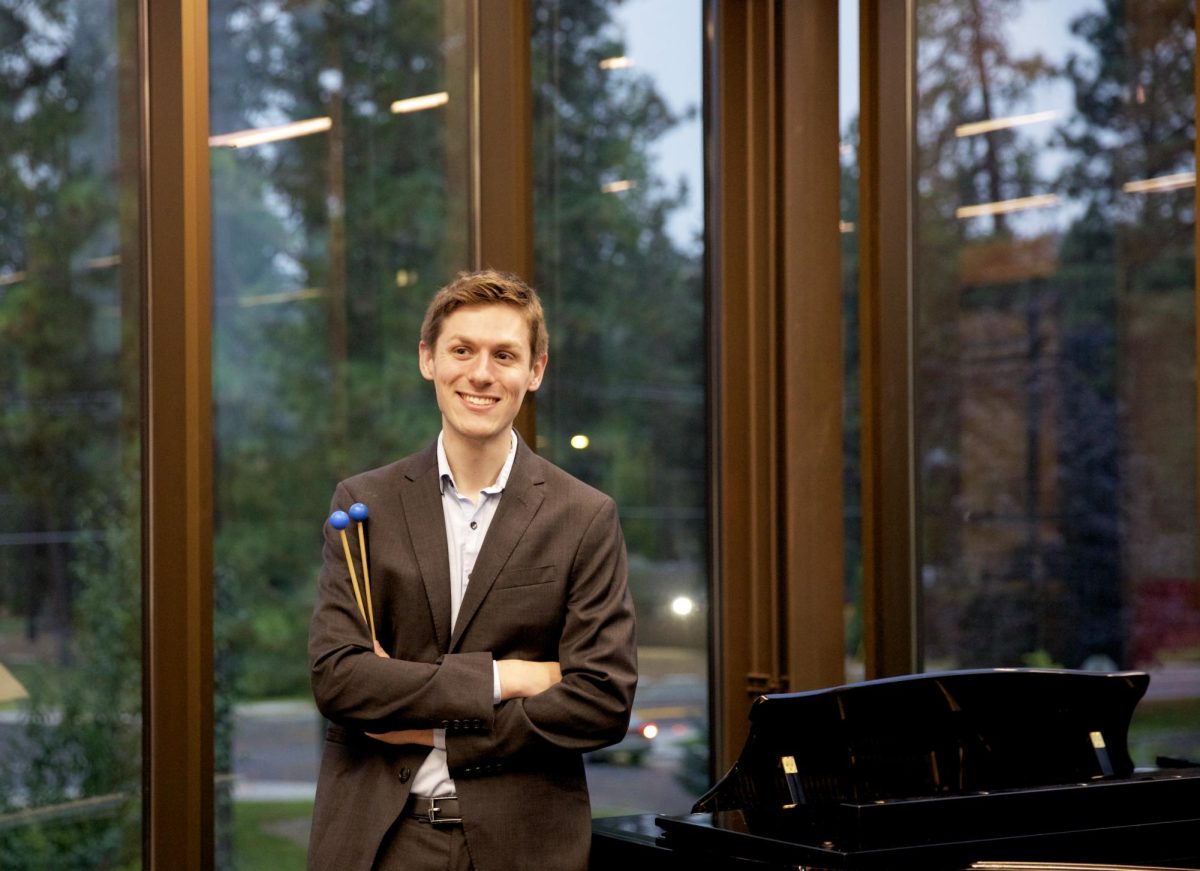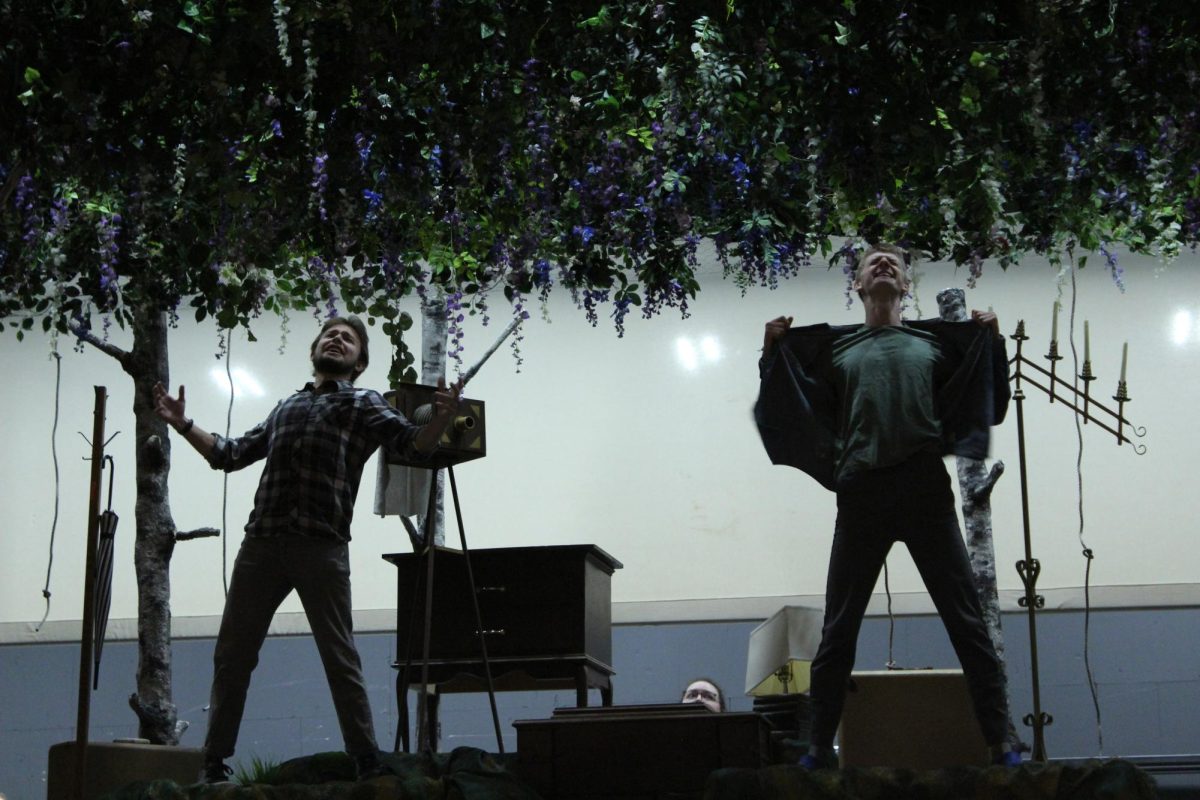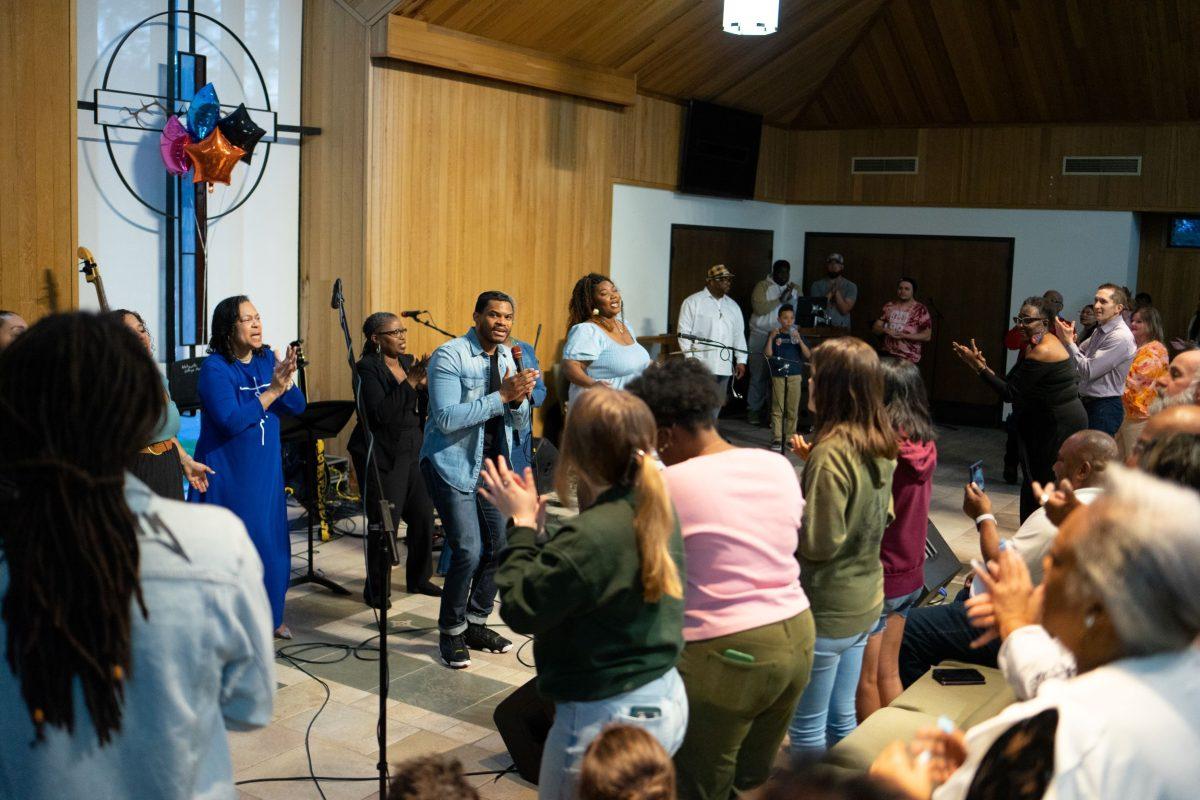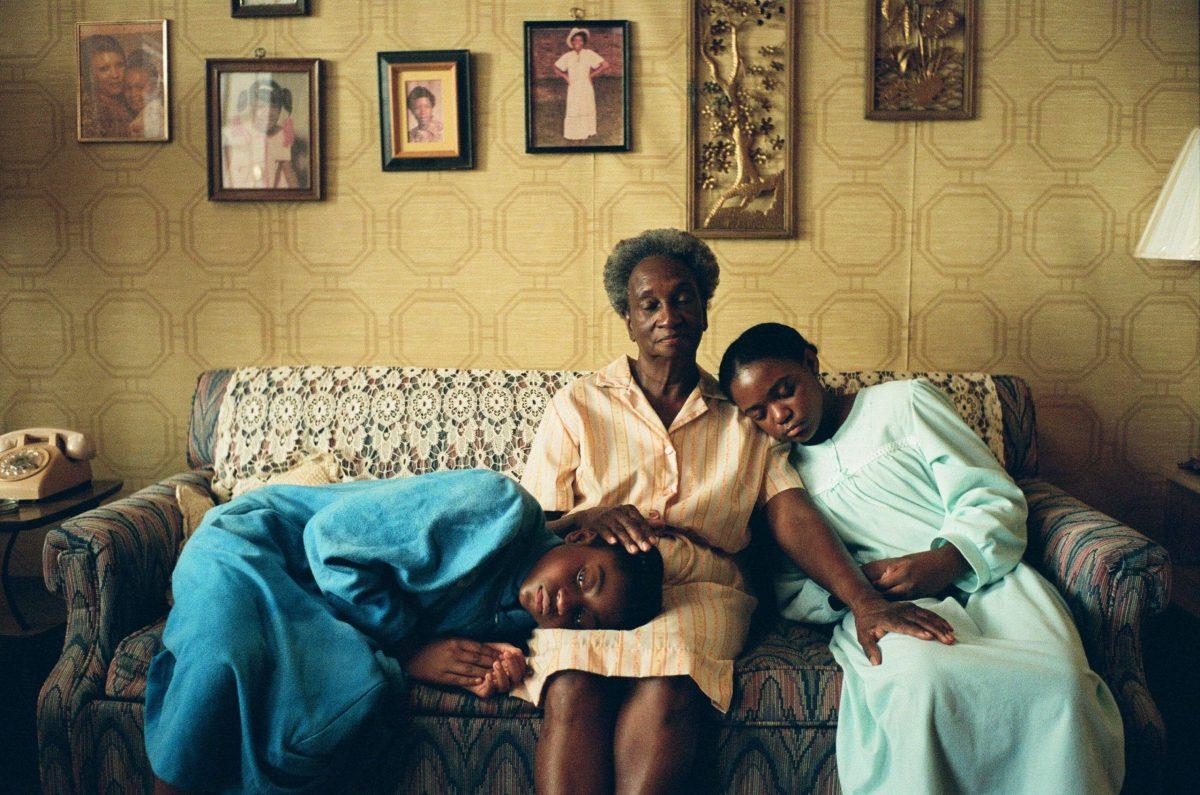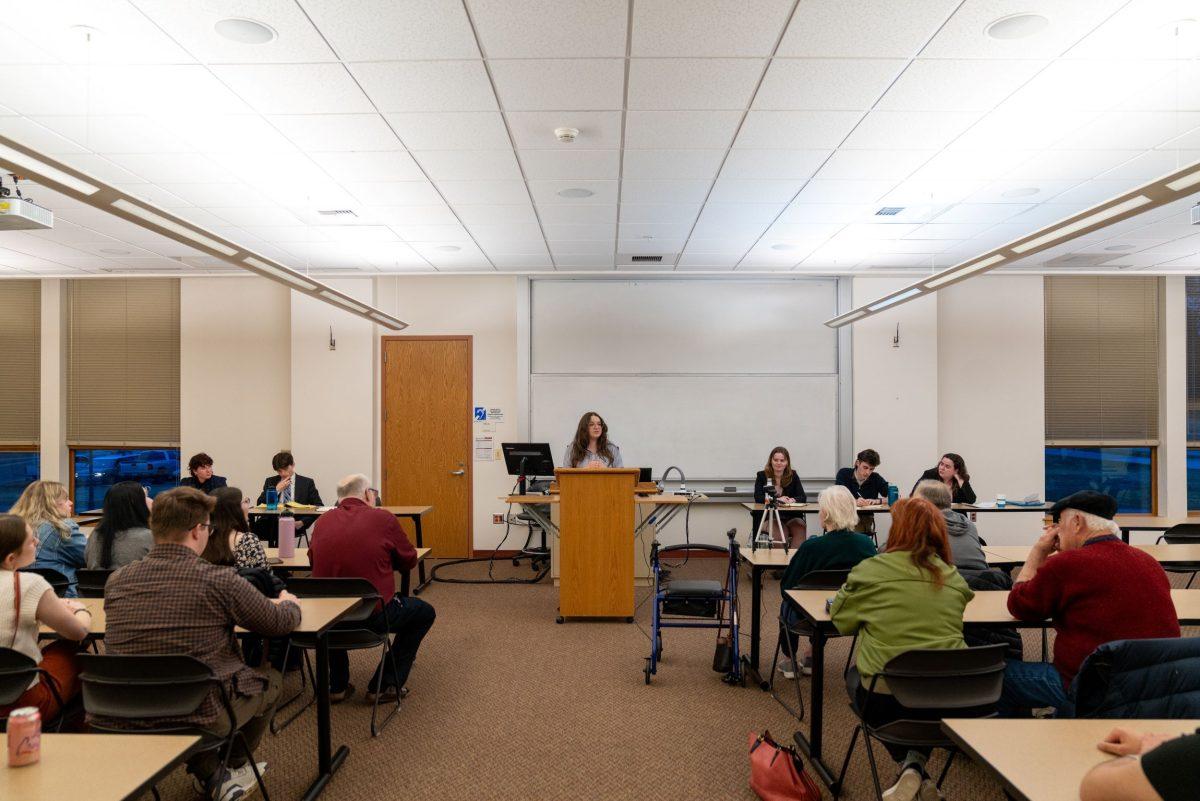By William Henke
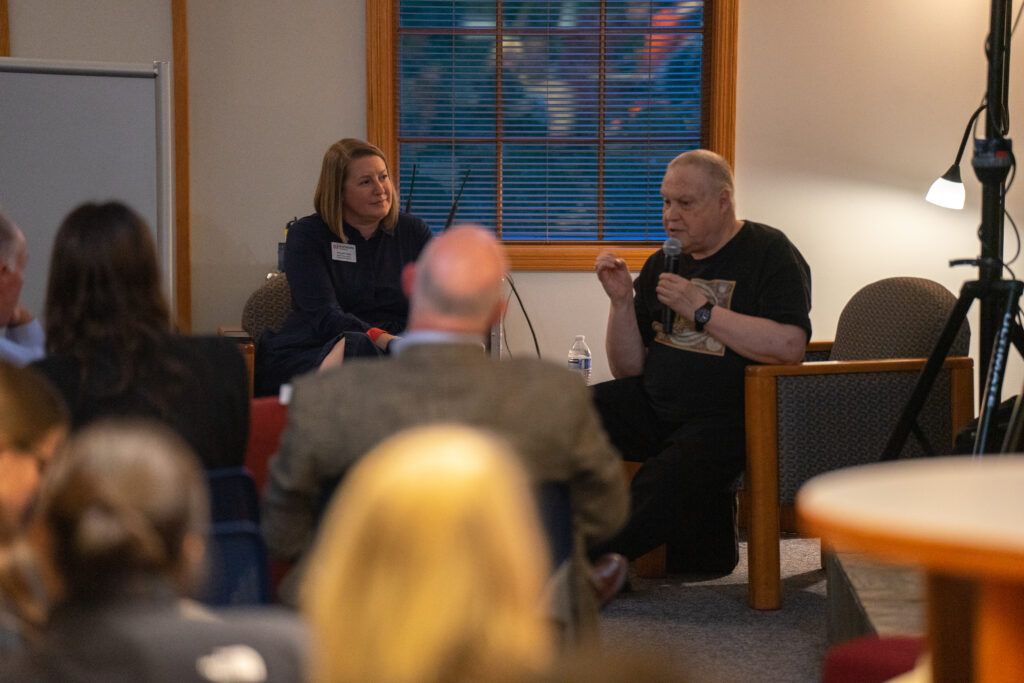
On Thursday, September 28, world-renowned book artist Timothy Ely visited Whitworth University. Timothy Ely has studied under some of the best bookbinders in America, Europe and Japan and has received a National Endowment for the Arts, which is one of the highest recognitions available since it “promotes and strengthens the creative capacity of our communities by providing all Americans with diverse opportunities for arts participation.”
During a half-hour question-and-answer session, Ely talked about his life and interests. He grew up in Snohomish, Washington, and although his travels have taken him around the world, he still loves spending time in the Pacific Northwest. He keeps coming back because “it’s not too hot and it’s not very humid, so it’s very easy to make books,” said Ely.
During Ely’s visit there were 11 pieces on display in the library, along with several other pieces created by local artists. Ely talked about his background and took questions from the audience and Dr. Amanda Clark, the event organizer, before roaming around to make himself available to anyone who wanted to talk to him.
Ely was readily available to discuss his design choices and explain what materials he used in the creation of some partially completed products he brought for people to touch and examine. Evan Wiersma, a student attending the event, said that Ely’s work is “captivating” and mentioned that he enjoyed how textured some of the pieces Ely brought were since it allows one to see and feel all the materials like eggshells, string and goatskin used in Ely’s books.
The ancient technological aspects of Ely’s art led Dr. Anthony Clark, a history and Chinese professor at Whitworth, to dub his work as “geo-mythological” because of the inspiration Ely takes from the earth and civilizations like ancient Egypt. Ely’s work is “a highly philosophical, intellectual, even spiritual way of representing a kind of cosmological reality,” said Clark.
“They take on their own life,” Ely says about his books. He has partially formed ideas in his mind, but the book always ends up different, so making a full plan is not how he works. Ely wants his audience to “bring the art question to the work.” He does not want to force one kind of interpretation on his audience since there are so many different things to see in his art.


